EXPERIENCE THE DIFFERENCE
RO Water
HOW IT WORKS
Reverse Osmosis Filtration
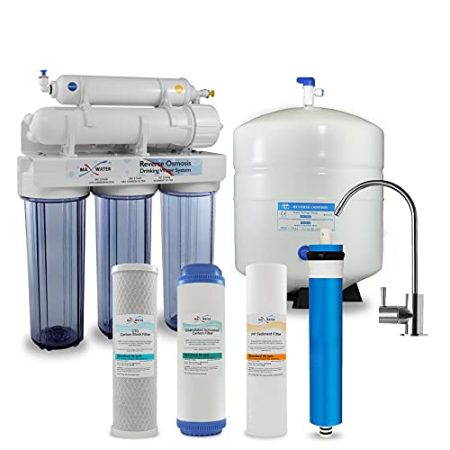
Reverse Osmosis: A Comprehensive Guide
Reverse osmosis (RO) is one of the most effective and widely used water purification technologies today. Whether you’re looking to improve your home’s water quality or understand its industrial uses, this guide will walk you through everything you need to know about reverse osmosis. From how it works to its benefits and limitations, we’ll cover it all in an easy-to-understand way.
What Is Reverse Osmosis?
RO cleans your water and removes contamination and particles from water by forcing it through a bladder. This technology is used in various settings, from household water filtration systems to large industrial applications.
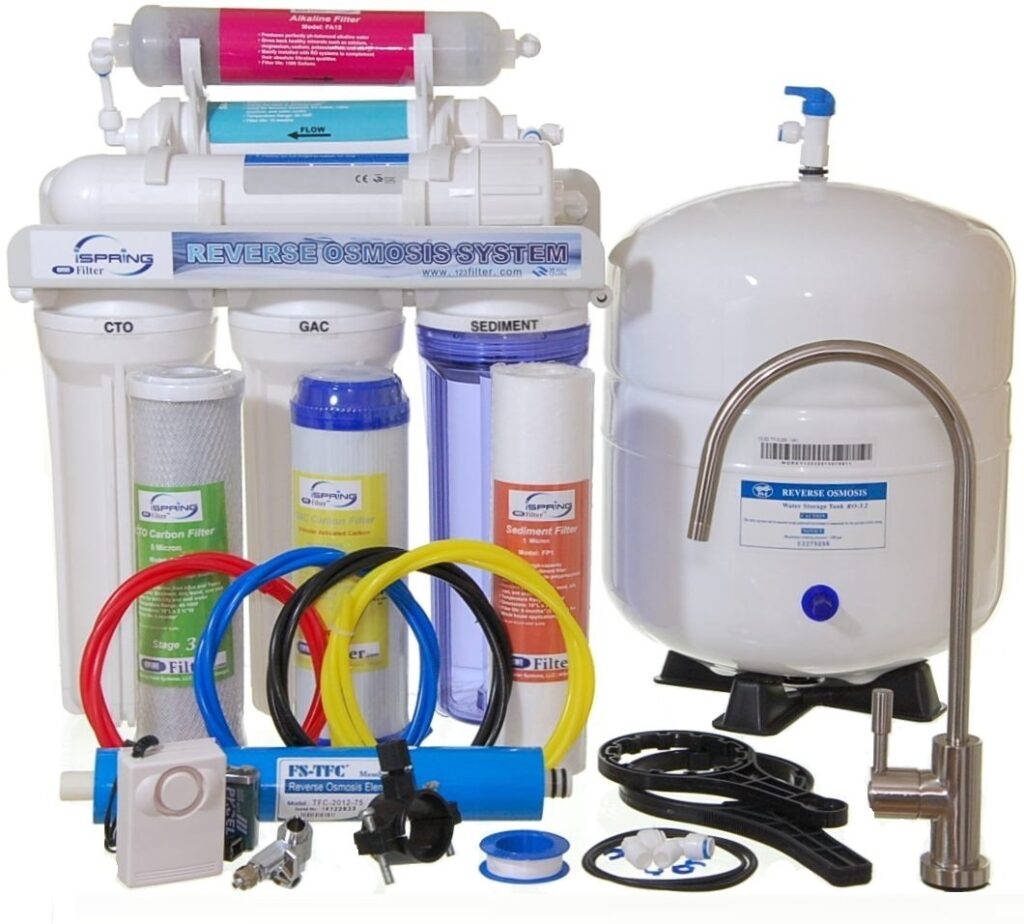
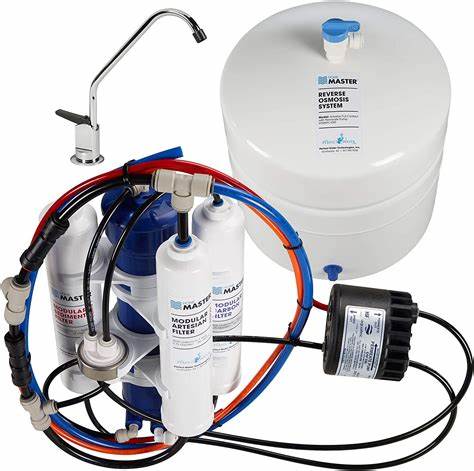
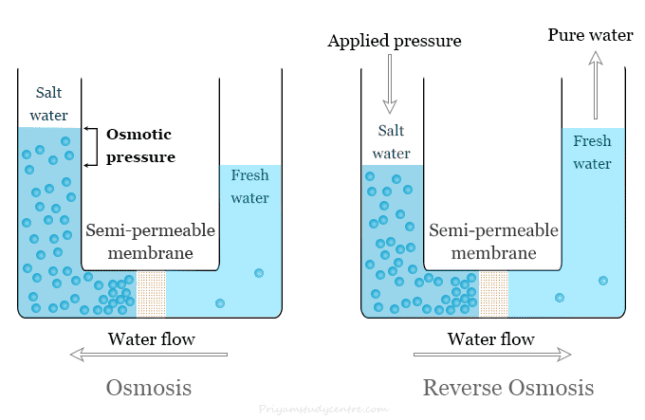

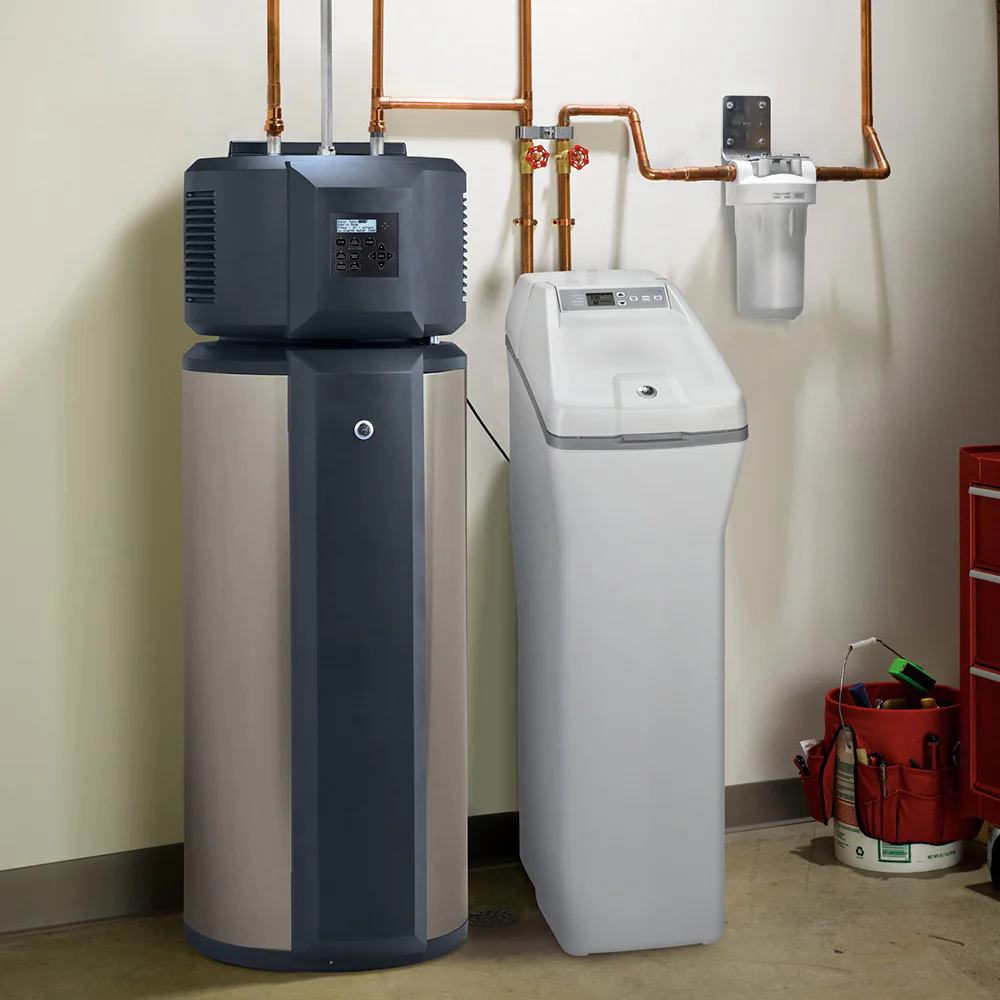

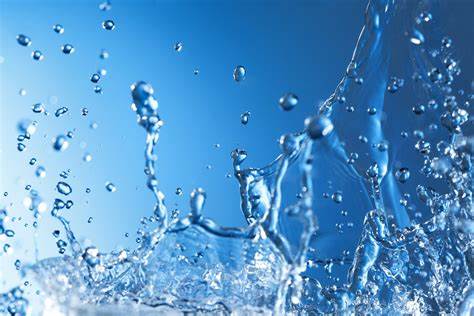
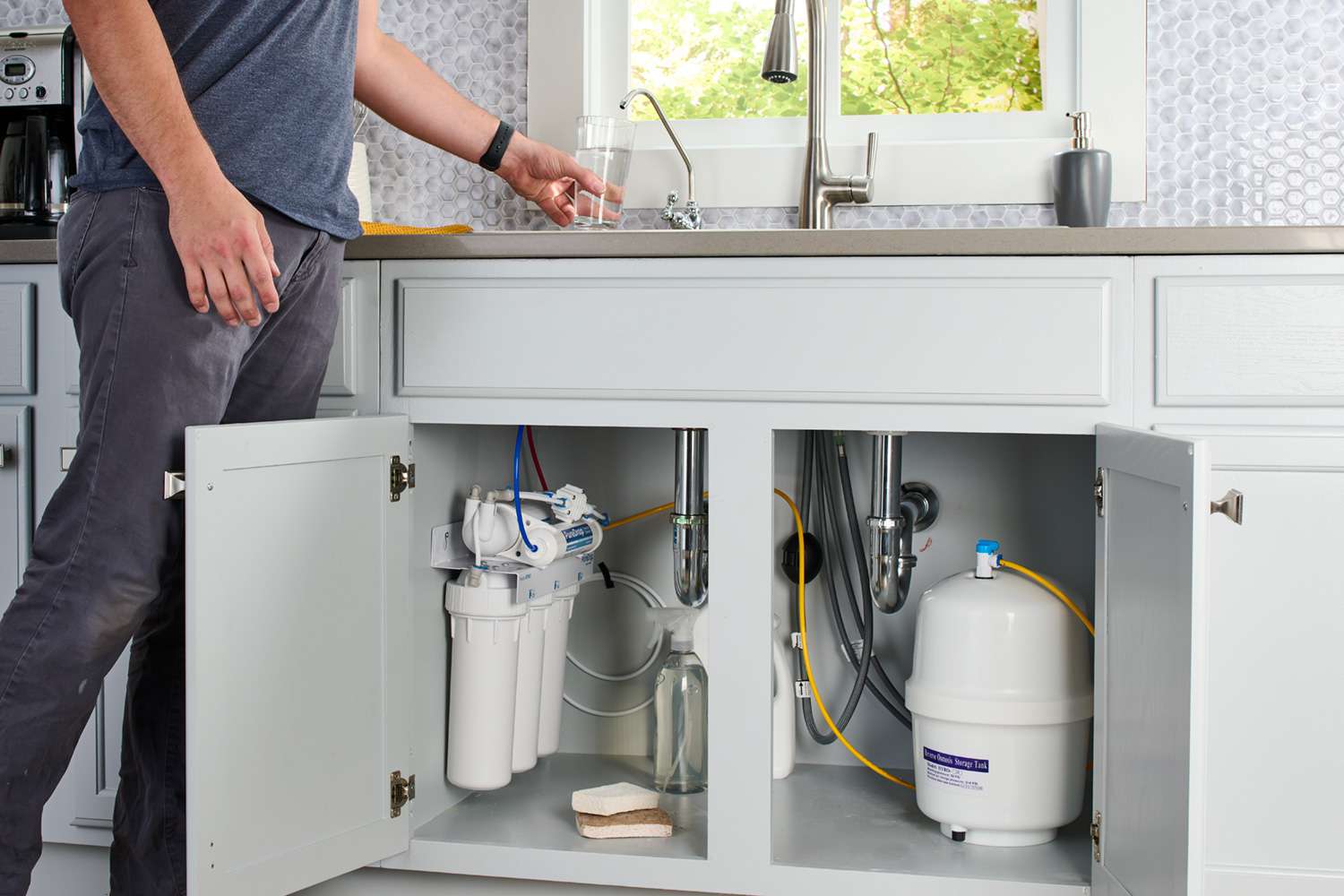
DO NOT DELETE OR EDIT BELOW THIS BOX
How Does Reverse Osmosis Work?
At its core, these systems rely on pressure and a specialized membrane to separate impurities from water. Here’s a step-by-step breakdown of the process:
Pre-Filtration: Water first passes through a pre-filter to remove larger particles like sediment, dirt, and chlorine. This step protects the RO membrane from damage.
Reverse Osmosis Membrane: The water is then pushed through the membrane under high pressure. This membrane has tiny pores that allow water to pass through while blocking contaminants like salts, bacteria, and heavy metals.
Post-Filtration: After passing through the membrane, the water goes through a filter to remove any remaining tastes or odors.
Storage: The purified water is stored in a tank until needed, while the rejected material is flushed away.
The Science Behind Reverse Osmosis
Reverse osmosis works by reversing the natural process of osmosis. In nature, water moves from an area of low concentration to an area of high concentration through a membrane. RO uses pressure to force water in the opposite direction, leaving contaminants behind.
Benefits of Reverse Osmosis
Reverse osmosis offers many advantages, making it a great choice for clean water. Here are some of the key benefits:
1. Removes Contaminants Effectively
RO systems can remove up to 99% of impurities, including:
Heavy metals (lead, mercury, arsenic)
Chlorine and chloramine
Bacteria and viruses
Pesticides and herbicides
2. Improves Taste and Odor
By removing chlorine and other chemicals, RO systems improve the taste and smell of drinking water.
3. Cost-Effective in the Long Run
While the initial cost in an RO system may seem high, it can save money over time by reducing the need for bottled water.
4. Environmentally Friendly
Using an RO system reduces plastic waste associated with bottled water, making it a more sustainable option.
5. Versatile Applications
RO technology is used in various industries, including:
Home water filtration
Desalination of seawater
Food and beverage production
Pharmaceutical manufacturing
Applications of Reverse Osmosis
Reverse osmosis is a versatile technology with applications in multiple sectors. Let’s explore some of the most common uses:
1. Residential Water Filtration
Many households use RO systems to ensure clean, safe drinking water. These systems are typically installed under the sink and provide a reliable source of purified water.
2. Desalination
RO is a key technology in desalination plants, where it converts seawater into potable water. This is especially important in regions with limited freshwater resources.
3. Industrial Use
Industries such as pharmaceuticals, food and beverage, and power generation rely on RO to produce high-purity water for their processes.
4. Wastewater Treatment
RO is used to treat wastewater, making it safe for reuse in irrigation or industrial processes.

